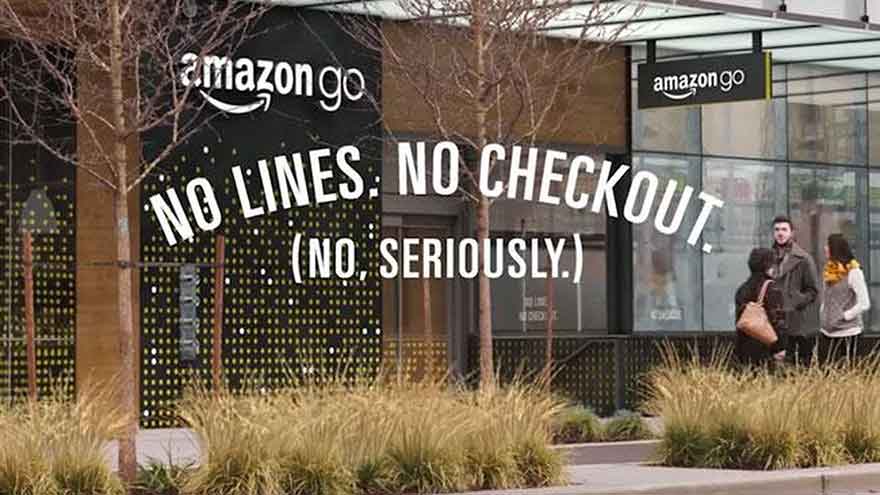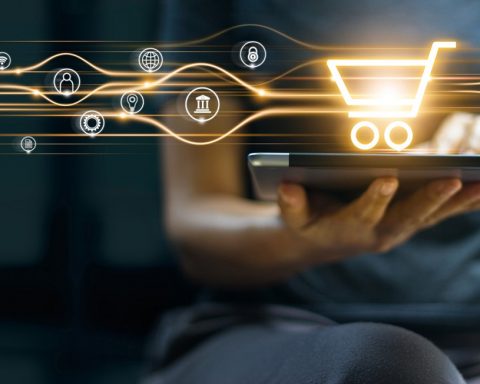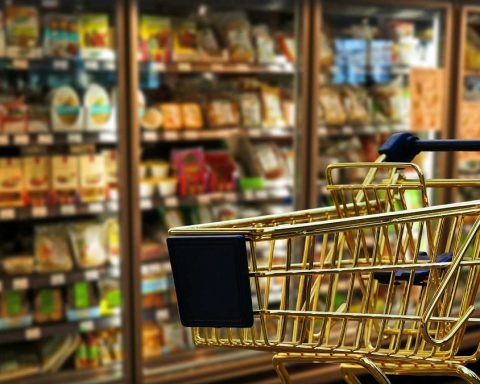For every problem, there is a solution
Artistic blur on technical issues
Turning back the clock

Kick in the anthill






Already registered? I'm connecting
Register and read three articles for free. Subscribe to our newsletter to keep up to date with the latest news.
→ Register for free to continue reading.

You have received 3 free articles to discover UP'.





